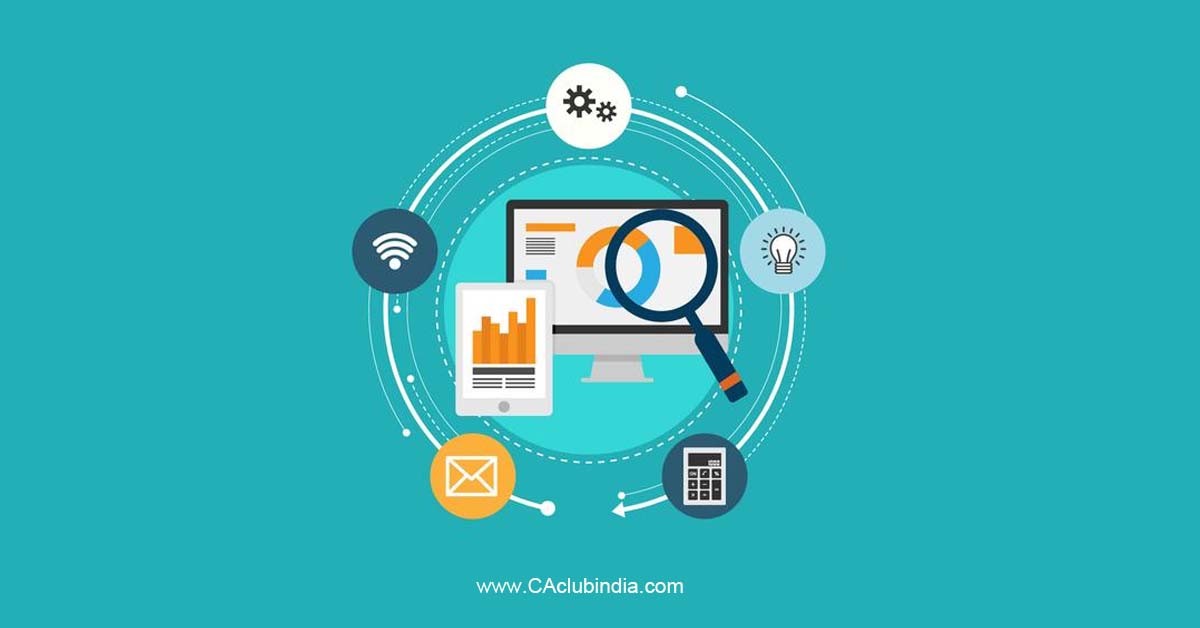Virtual Digital Assets (VDAs) refers to any information, code, number, or token in Foreign Currency generated through cryptographic means or otherwise and can be called by whatever name which can be transferred, stored and traded electronically, this shall also include Non-Fungible Token.
The Government in the Finance Act 2022 introduced taxation on VDAs effective from FY 2022-23 (AY 2023-24).
Taxation Rules
The taxation rules of VDAs are governed under section 115BBH of the Income Tax Act,1961.
Under section 115BBH, the tax rate for gains from VDAs is 30% and applicable surcharge and cess.
It is important to note that the assessee cannot avail deductions for any expenses like brokerage or commission other than the cost of acquisition when calculating such income.
Losses from the sale of VDA shall also be reported and such loss can neither be carried forward nor set off against any other income.

Head Of Income
The Income from sale of VDAs can either be taxed under Income from Business or Profession or Capital Gain.
When to categorize the Income from VDAs under Business Income?
If the VDAs are sold as a part of regular course of business by the assessee, then such income shall form a part of Income from Business.
When to categorize the Income from VDAs under Capital Gain Income?
If the VDAs are held as Capital Asset then such Income shall form a part of Capital Gain Income.
Implications on Section 234
If the taxpayer has not paid adequate advance tax during FY 22-23, then interest under sections 234C & 234B at the rate of 1% per month on the amount of tax shortfall will be auto-applied in the tax return and the same should be paid in full at the time of submission of the ITR.
A demand notice shall be sent to the assessee if the interest is not paid by the assessee.
Reporting VDAs in ITRs
If the assessee reports the VDAs under the head of Capital Gain, then VDAs are disclosed in Schedule VDA in ITR 2 . If the assessee reports VDAs as Business Income then they are disclosed in Schedule VDA in ITR 3.
It is important to note that the assessee cannot disclose VDAs income in ITR-1 or ITR-4.
TDS on VDAs
The Budget 2022, introduced Section 194S to impose TDS on the transfer of cryptocurrency and other VDAs .Section 194S is effective from 1st July 2022 and not 1st April 2022. To trace the transactions of VDAs and cryptocurrency, the government introduced this provision of deducting TDS at 1% in the case of transfer of a VDA if the aggregate value exceeds INR 10,000 and Rs 50,00 for specified persons during the financial year.
Deduction is made at the time of credit of such sum to the account of the resident or at the time of payment whichever is earlier.
Who needs to deduct the TDS?
|
Mode of Transaction |
Transaction |
TDS Mechanism |
|
In Cash |
Peer to Peer (direct sale from buyer to seller) Through Broker |
Buyer responsible to deduct TDS Liability of TDS is on brokers. |
|
When a transaction takes place through an exchange, VDA is owned by the exchange . |
The liability is on the buyer or broker. . Here the exchange can enter into agreement with buyer or broker wherein the exchange takes up the TDS obligation. |
|
|
In Kind |
Peer to Peer |
Buyer is responsible. Buyer shall release the consideration after ensuring the tax liability has been complied by receiving the proofs of payment. |
|
When a transaction takes place through an exchange, VDA is owned by the exchange . |
Primary Responsibility of TDS is on Exchange. Here the exchange can enter into agreement with buyer or broker wherein the exchange takes up the TDS obligation. |








 CAclubindia
CAclubindia

